The Heart of a Science Lover
Why the kind of knowledge you get by asking the Universe questions about itself is the most valuable type of knowledge there is.
“I’m also uncomfortable with dogmatic believers; to my knowledge, they don’t have any strong evidence either.” -Carl Sagan
When it comes to the natural world, there are a great many things to value and appreciate about it, no matter who you are or what you do.

And yet one of the question I repeatedly get goes something like this:
Does your training as a scientist influence how you think about the world?
Honestly, it’s very difficult to answer that question, because I feel I’ve always had science in my heart. Let me explain.

I know all too well what it feels like to look at something and not know how it works, where it came from, or how it was made. When we’re born into this world, we’re all born equally ignorant as far as pretty much everything is concerned. But we’re also all born with a sense of curiosity, and a sense that if we work hard-and-smart enough at it, the world can be figured out.
I remember being a boy of about six in the room I shared with my sister, having recently received a microscope and a couple of blank slides. Every morning that I was up for about a week, I would wait outside the bathroom while my dad shaved, hoping that he would cut himself. Sounds cruel, I know, but there was a reason for this.

You see, I had read that blood was made up of tiny red-and-white cells, and that you could see those cells for yourself if you put a drop of blood on a slide under a microscope. Finally it happened, and I got my drop of blood, and took it back to my microscope. Carefully, meticulously, I worked to line up the mirror with the light bulb so that it’d reflect the light up through the slide, and tried to focus what I was looking at. There were a lot of things I wished I had known about in hindsight — slide covers, for one, or the concept of how light focused — but under the microscope, there they were: tiny red dots, what looked like hundreds or maybe even thousands of them, all clumped together. Each one was very clearly its own “thing,” and what appeared with my naked eye to just be a thick, dark, continuous red fluid was exposed to be made of a huge number of discrete, tiny things.

I was hooked, of course. Not on blood, not on cells or biology, not even on the idea that things as I perceived them were made up of great numbers of progressively smaller-and-smaller things. (Although that was a pretty remarkable revelation.) No, what I latched onto was a far greater idea than that: that no matter what anyone claims, you can always ask the very simple but very powerful question:
How do you know?
And if you ask that question in the right way, you can figure out — at least in principle, if not always in practice for yourself — how to find out the answer. Not just what we know, but how we know it.
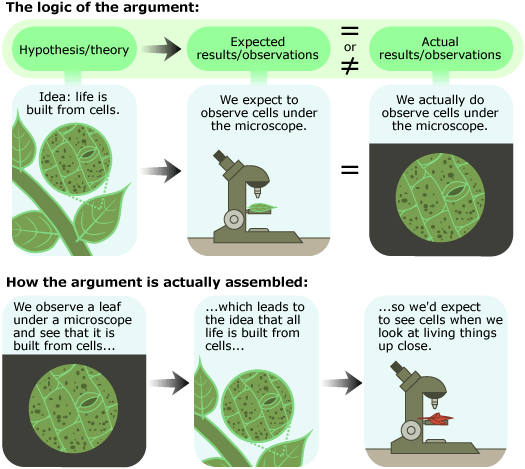
That is the very essence of science: no matter what anyone claims, no matter how smart, powerful, elderly or respected they are, no matter what they’ve done or how much you trust them, you can always ask how we know that something is true. And as I got older, I was introduced to another concept that made it even better: the idea of confidence.
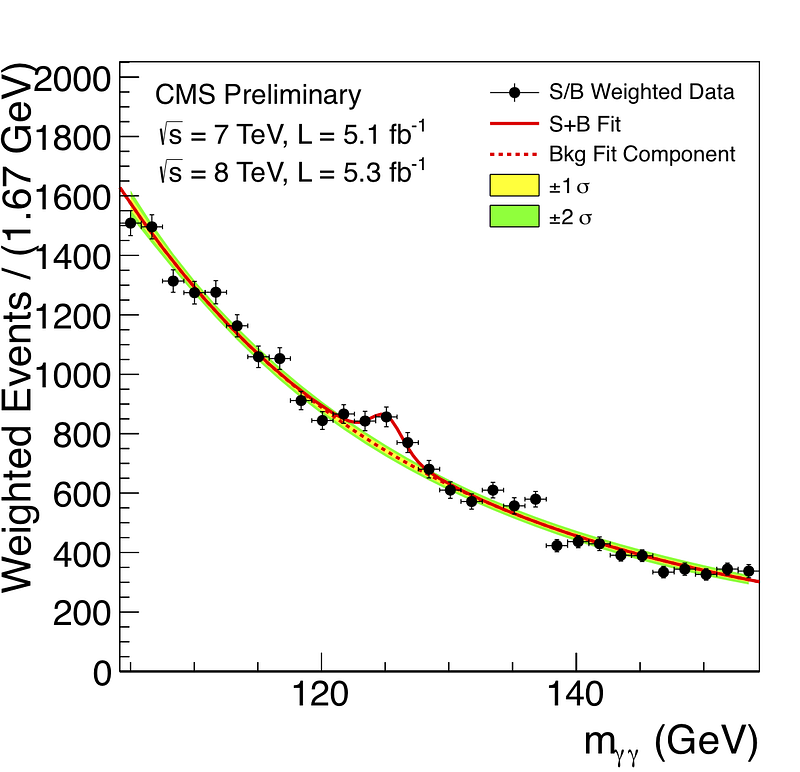
Not the kind of confidence where you believe what you’re saying is true, but the kind of confidence where you can quantitatively state exactly how certain you are that your conclusions are backed up based on what you’ve seen, observed and measured. At some point, your scientific confidence becomes so high in what you’ve concluded that every hypothesis that’s inconsistent with it can be safely ruled out. Even if it’s a beautiful hypothesis that you, yourself, came up with.
That’s why, historically, the scientist I admired most was Johannes Kepler.
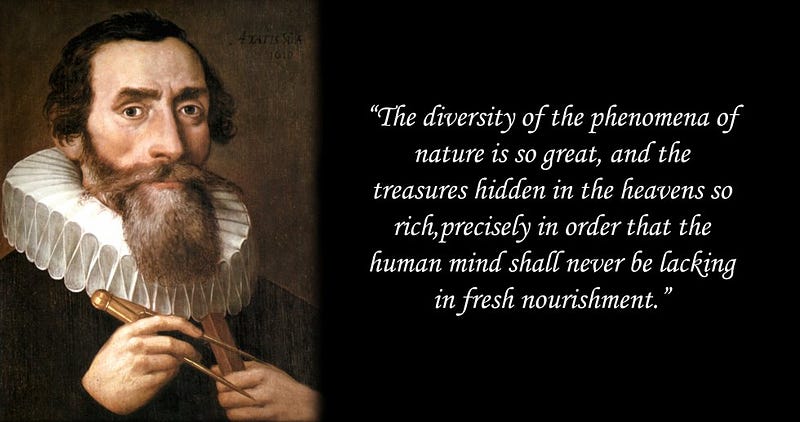
The successor to Tycho Brahe, Kepler came up with one of the most beautiful mathematical hypotheses to describe our Universe as he knew it. You see, at the time (in the late 1500s), there were a few different models for describing the motions of the heavenly bodies: the geocentric model that has been around since ancient times, the heliocentric model put forth half-a-century prior by Copernicus, and the Tychonian model, where the planets of the night sky orbited the Sun, but the Sun itself orbited the Earth. And all three models were, with appropriate modifications, parameters and caveats, compatible with the observations at the time.
But what Kepler sought to do went beyond simply making a model that was consistent with the observed behavior: Kepler wanted an explanation of how come. What he came up with was the most romantic and beautiful theory of the heavens I’d ever seen.
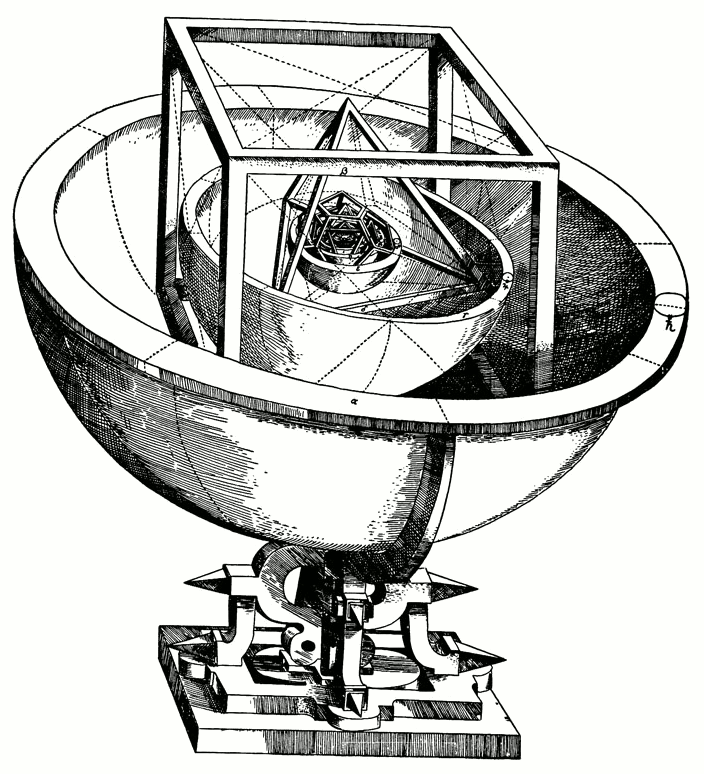
Dubbed the Mysterium Cosmographicum, Kepler noted that if you viewed the heavens as six planets (Mercury, Venus, Earth, Mars, Jupiter and Saturn) orbiting the Sun (as Copernicus did), you could visualize them as being supported by five “invisible” Platonic solids. What’s a Platonic solid? Mathematically, you’re probably familiar with the regular polygons: an equilateral triangle (with three equal sides), a square (with four), a pentagon (with five), and so on. Well, if you take six squares and tile them together in three dimensions, you can form a cube: a three-dimensional object that’s completely closed, with no spaces, where all the sides are the same as one another and so are all the angles.
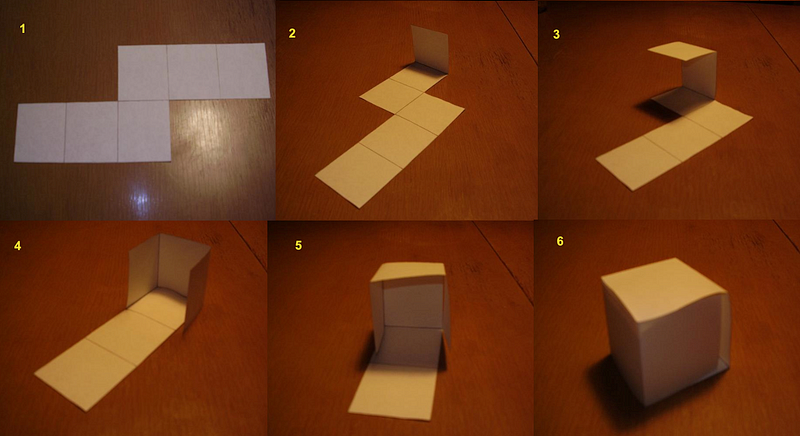
There are only five such objects in three dimensions: the cube (made out of six squares), the dodecahedron (made out of 12 pentagons), and the tetrahedron, the octahedron and the icosahedron (made out of 4, 8 and 20 triangles, respectively) and that’s it. And the beautiful theoretical picture that Kepler put together was that each of these Platonic solids could have only one sphere each inscribed within it and circumscribed around it, and that if you nested these five solids inside one another, you would get six spheres total, one for each of the six planets.
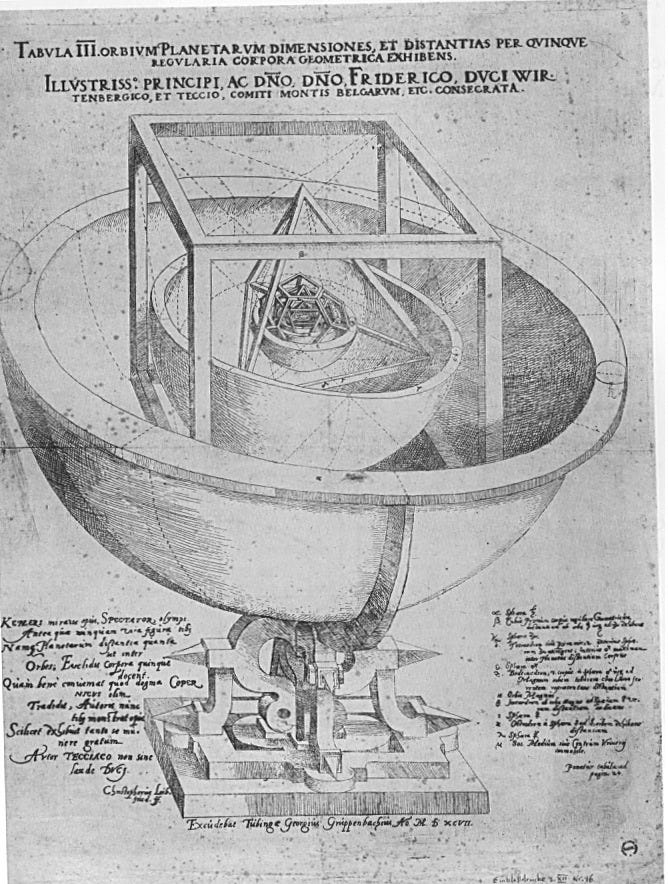
In other words, he sought to come up with a model that would better describe the motions of the planets, by coming up with a proposed mechanism — even though it was invisible — to explain the relative sizes of their orbits. It was an idea that redefined what “beautiful” meant when applied to the natural world, and yet there was a tremendous problem with it.
When he took the observations — Tycho’s observations that he inherited, the greatest in the world — they didn’t match the predictions of his model.
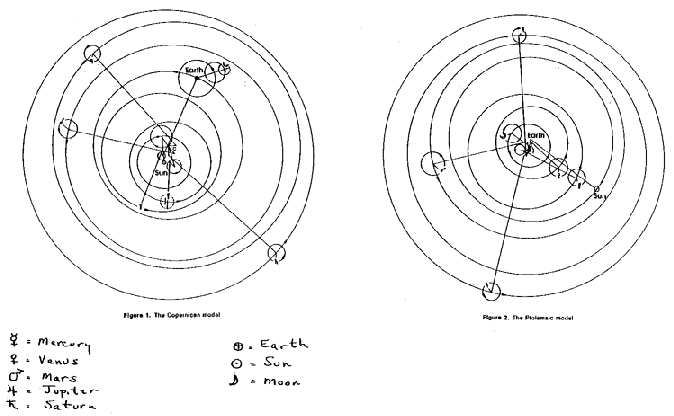
What’s a scientist to do?
If it were your idea, what would you do?
There’s this great myth that’s somehow permeated our society that scientists are dispassionate people, that they don’t get attached to people or ideas, that they don’t have egos and frailties, and that they don’t get emotionally invested in their studies.

What a lie.
One of the most difficult things a good scientist must face is that their own favorite idea, model or mechanism, when it comes face-to-face with the physical truths of this Universe, may turn out to not describe our Universe after all. Many — and maybe even most — scientists in this situation will jump through hoops, contorting their pet idea, twisting it in new ways to fit with what’s seen, no matter how poorly it performs predictively.
But Kepler earned my greatest admiration for what he did: he came up with a different model — leaving behind the old one — that actually worked. And it’s the one still in use today!
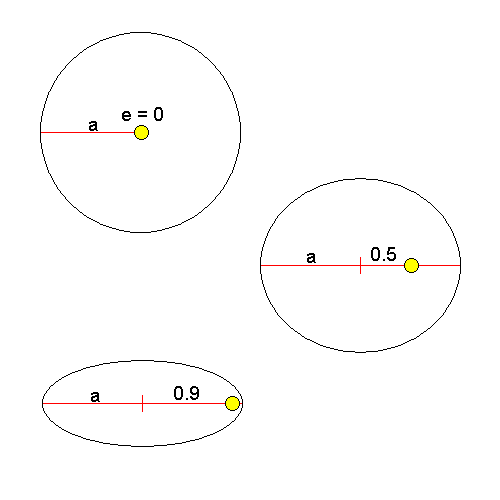
The idea was that planets moved not in circles but in ellipses around the Sun, and this was the one model that fit the observations better than all the others. It was the model that paved the way for Newton’s law of Universal gravitation, which finally was able to describe how we know these orbits come about. And it’s the model that still holds up today, more than four centuries later.
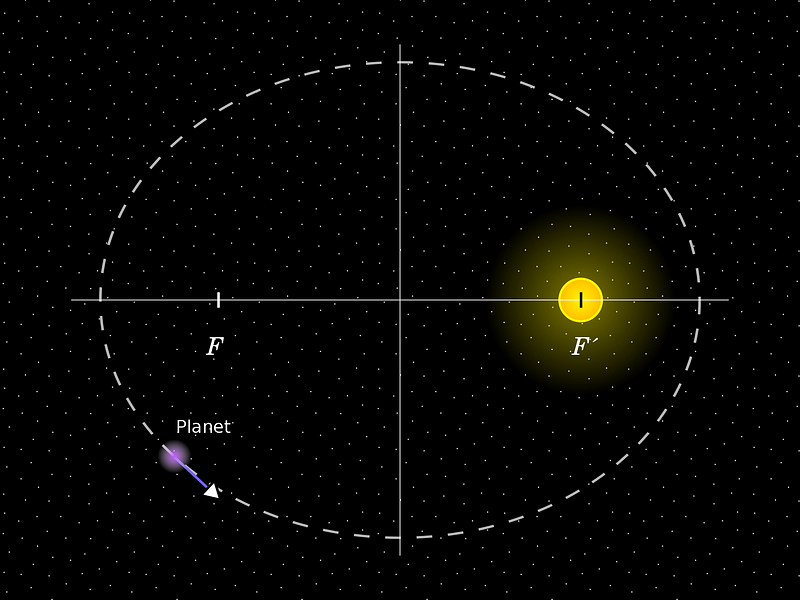
The beautiful thing about this is that if all human knowledge went away today, we could figure this truth about the Universe out again by starting all over when tomorrow came. We could ask the Universe these questions about itself, and if we listened, there would be no other valid conclusion we could reach. We could, perhaps, reach a better, more refined and more all-encompassing conclusion, but in these realms of validity, this is one we could always figure out for ourselves.
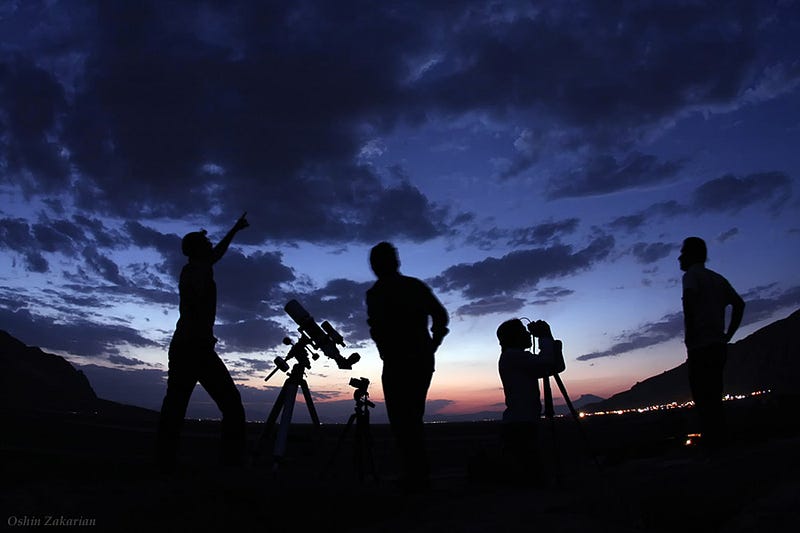
But to answer the original question, I don’t think it’s fair to say that being a scientist influences the way I think about the world. The scientific truths about the world — the conclusions we arrive at by asking the Universe questions about itself — are the form of knowledge that I find the most valuable, the most compelling, and the most enlightening of any I’ve ever experienced. It’s how I approach every problem whenever possible; it’s how I arrive at the picture of the Universe I presently have; it’s why when I want to know the best answer to a problem out there, I look to what the consensus of scientific experts in that field has to say about it. It’s the most honest kind of answer humanity’s ever discovered.

But I couldn’t help it.
I’ve always had the heart of a science lover.





